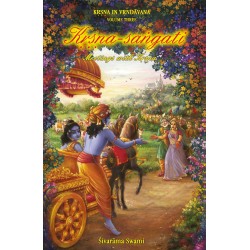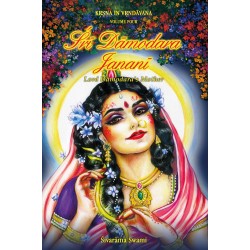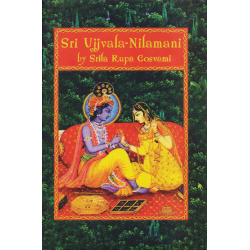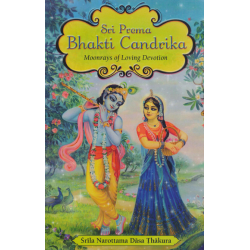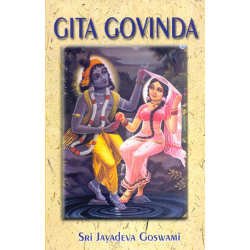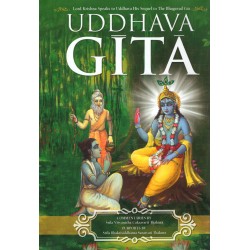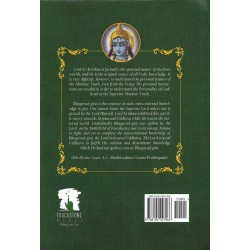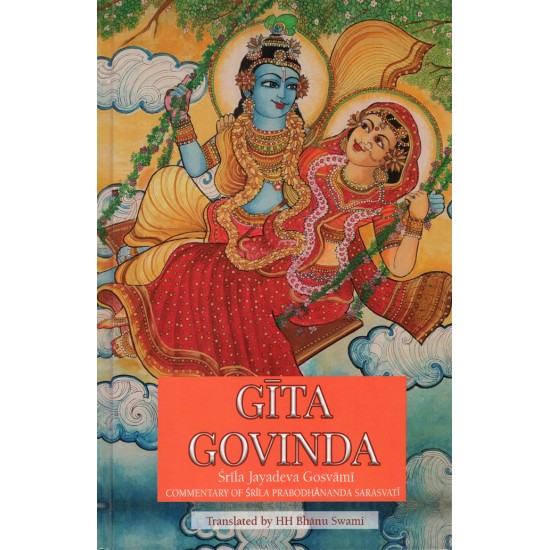
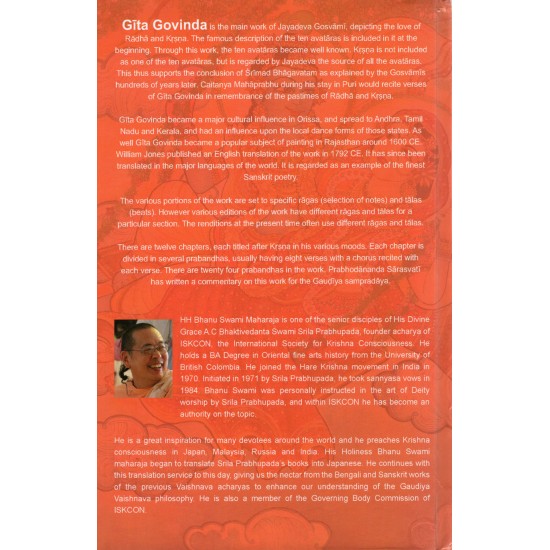


Jayadeva Gosvami’s main work is Gita Govinda, depicting the love of Radha and Krishna. The famous description of the ten avataras is included in it at the beginning. Through this work, the ten avataras became well known. Krishna is not included as one of the ten avataras, but is regarded by Jayadeva the source of all the avataras. This thus supports the conclusion of Srimad Bhagavatam as explained by the Gosvamis hundreds of years later. Sri Caitanya Mahaprabhu during his stay in Puri would recite verses of Gita Govinda in remembrance of the pastimes of Radha and Krishna.
Gita Govinda became a major cultural influence in Orissa, and spread to Andhra, Tamil Nadu and Kerala, and had an influence upon the local dance forms of those states. As well Gita Govinda became a popular subject of painting in Rajasthan around 1600 CE. William Jones published an English translation of the work in 1792 CE. It has since been translated into the major languages of the world. It is regarded as an example of the finest Sanskrit poetry. The various portions of the work are set to specific ragas (selection of notes) and talas (beats). However various editions of the work have different ragas and talas for a particular section. The renditions at the present time often use different ragas and talas.
There are twelve chapters, each entitled after Krishna in his various moods. Each chapter is divided in several prabandhas, usually having eight verses with a chorus recited with each verse. There are twenty four prabandhas in the work. Prabodhananda Sarasvati has written a commentary on this work for the Gaudiya sampradaya. Translated by Bhanu Swami.
452 Seiten, gebunden mit Lesebändchen
- Lager: Vorrätig
- Artikel-Code: EGGBS
- Gewicht: 0.62kg
- Abmessungen (L x B x H): 22.00cm x 14.50cm x 3.10cm
- Euro-Preis: 18,00
- Sprache: English

